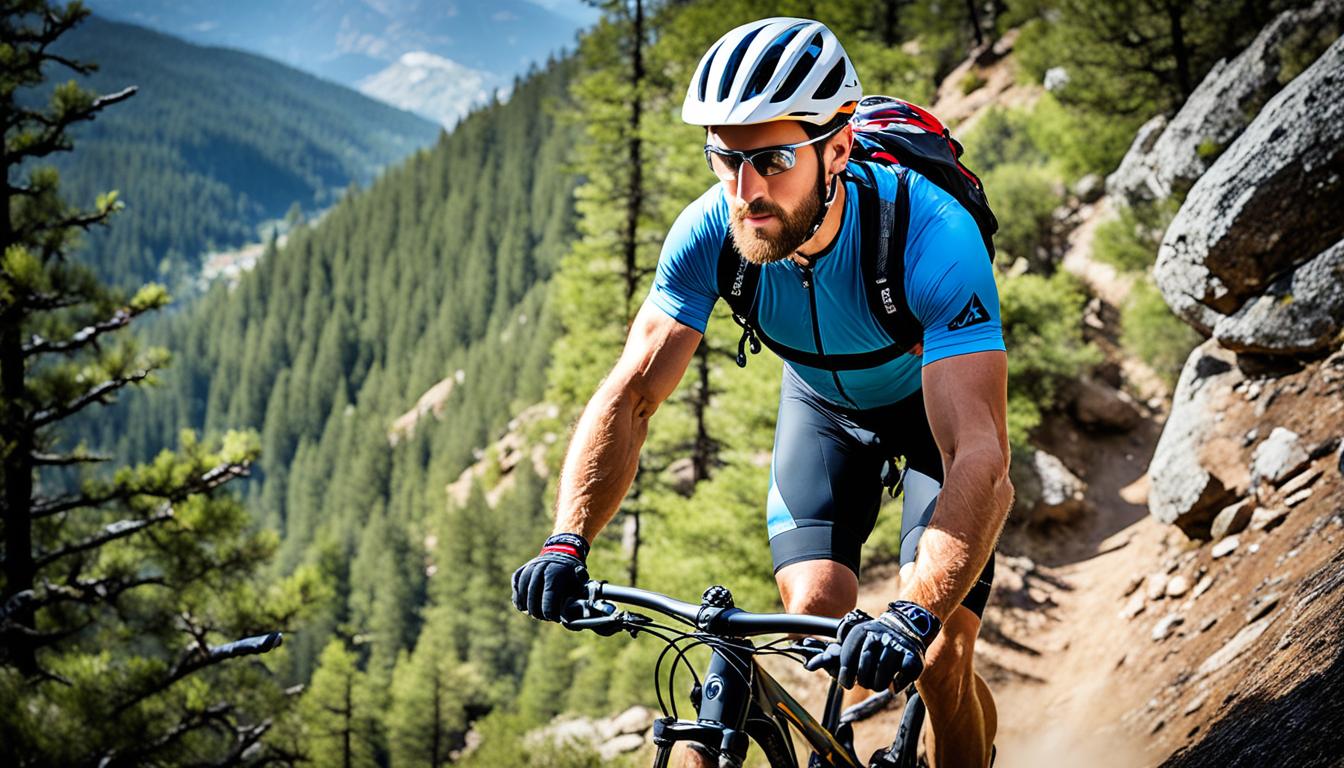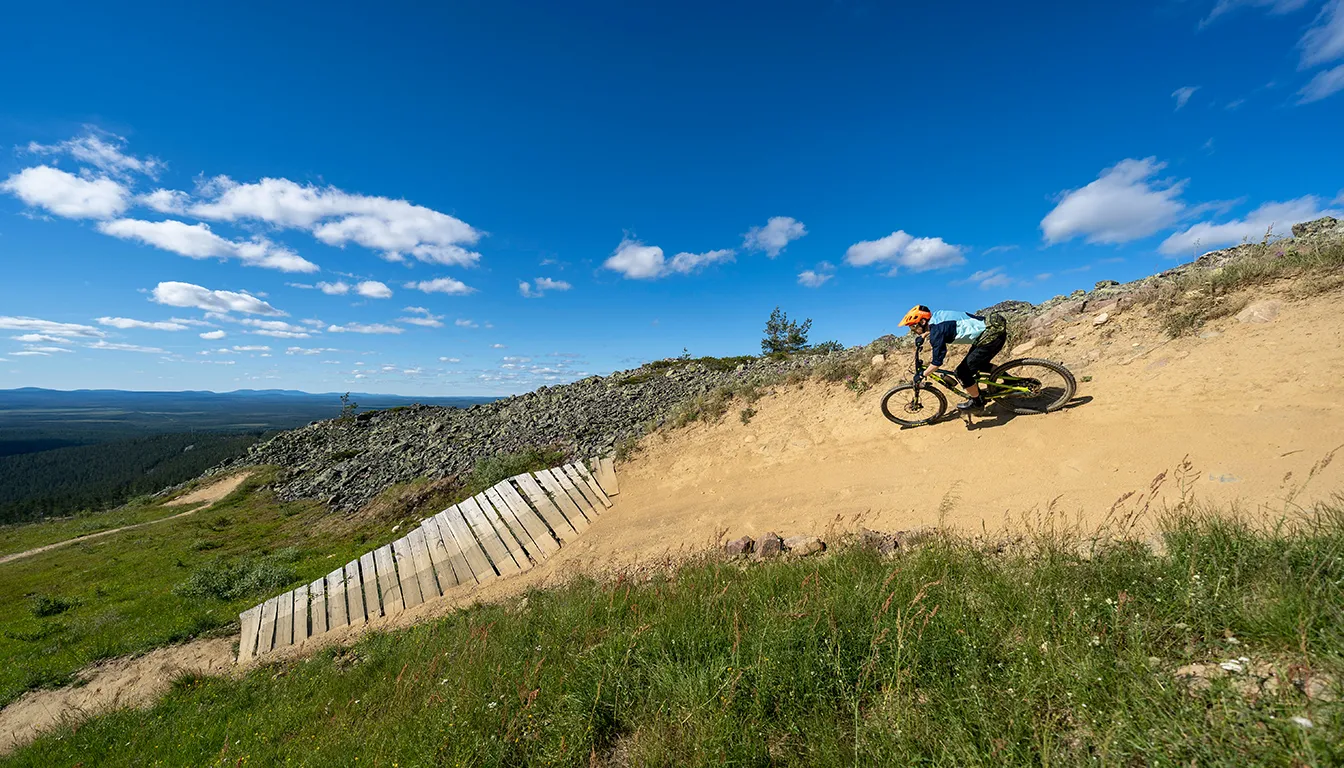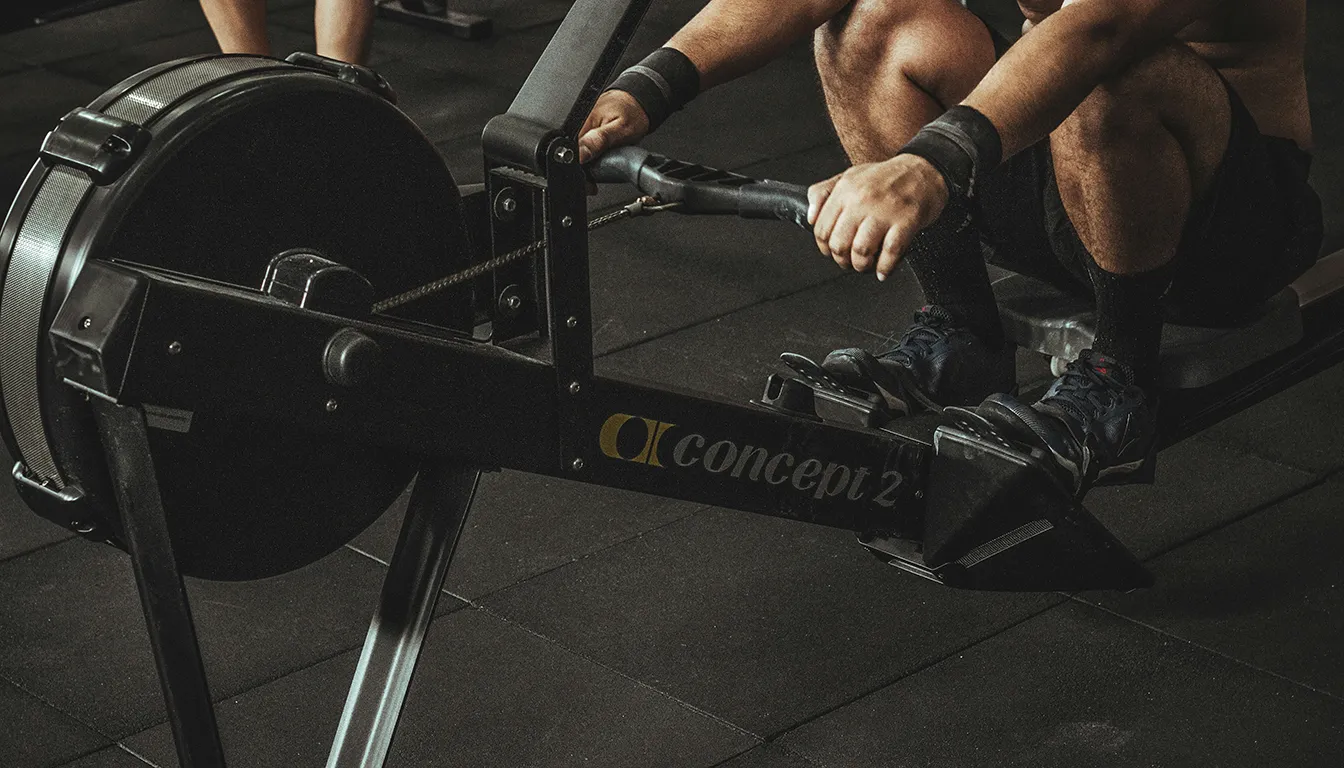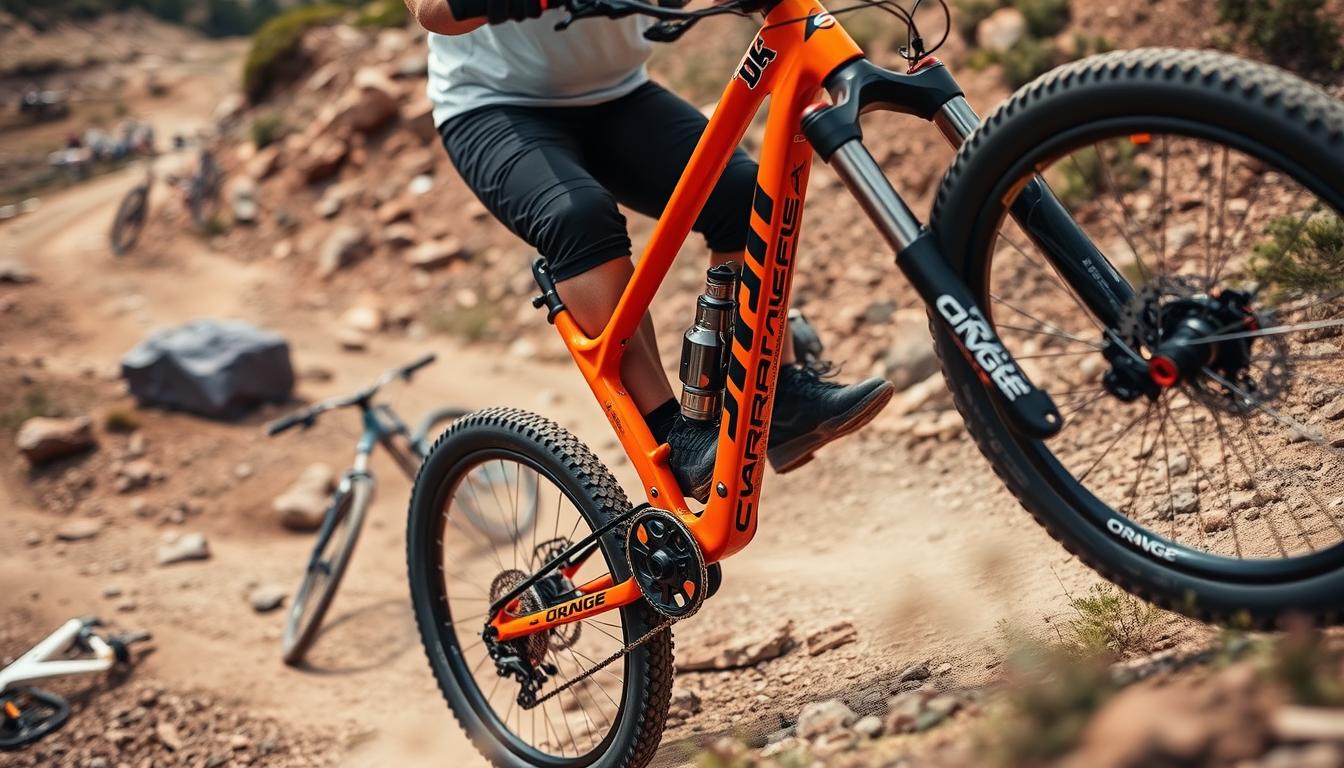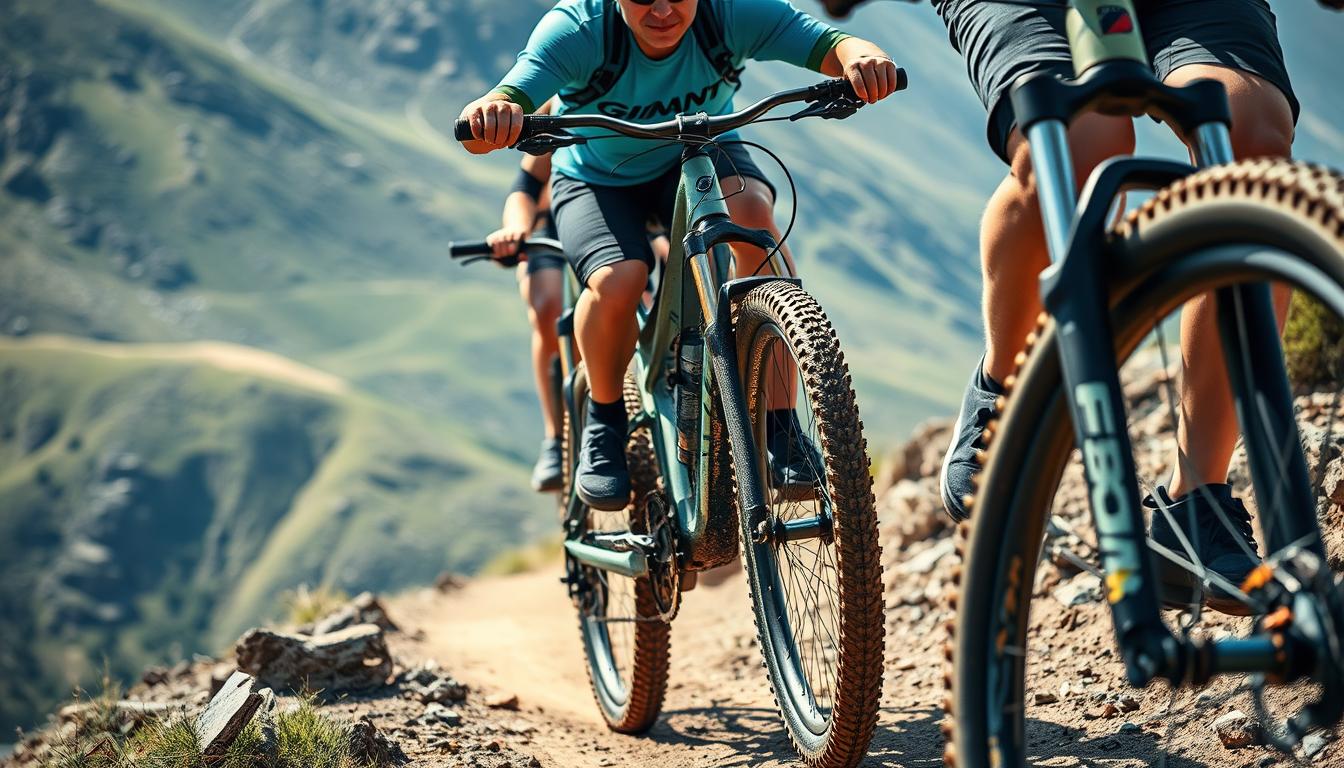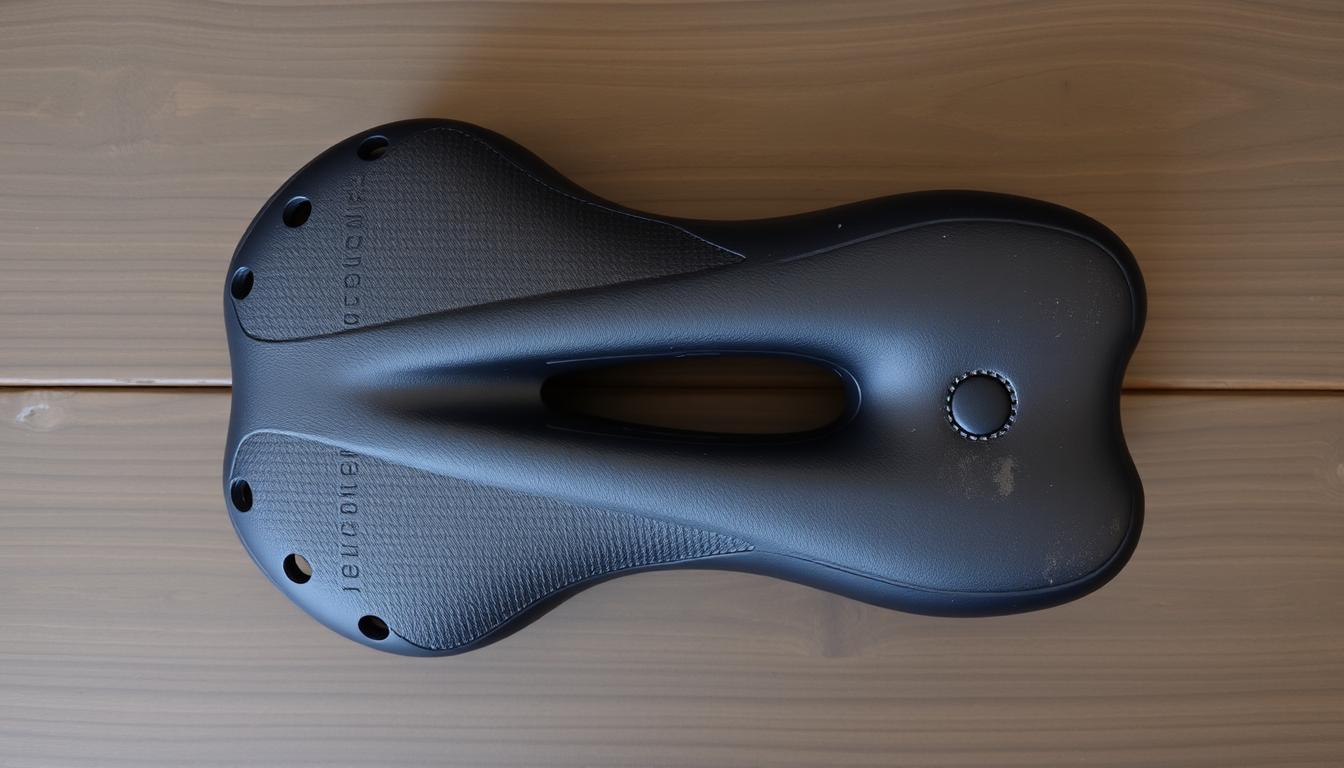Mountain biking is a thrilling way to get fit, offering many health benefits. It boosts your physical stamina and improves your mental health. Riders who tackle various terrains get a great cardiovascular workout.
They exercise their endurance and enjoy nature’s beauty. Mountain biking boosts aerobic fitness with steady riding. It also helps with quick bursts needed for climbing. We’ll explore how it can boost your total fitness here.
The Health Benefits of Mountain Biking
Mountain biking boosts both your body and mind. It greatly improves your cardiovascular fitness, making it a top cardio workout. It gets your heart beating faster, betters blood flow, and may lower blood pressure. This is key for a healthy heart.
It also tackles symptoms of anxiety and depression, says the Journal of Clinical Psychiatry. Biking releases endorphins, lifting your mood. Being outdoors on a bike can really make you feel happier and more relaxed.
Mountain biking demands good balance and coordination. It works both upper and lower body parts together. This lessens the chance of getting hurt, making it safe for all ages and fitness levels. Biking with others also adds to your overall happiness.
Biking is fun and helps in managing your weight too. Riding at a moderate speed for around 30 minutes can burn about 300 calories. This, along with nature’s soothing effect, makes mountain biking a great way to keep in shape.
Cardio Exercise and Endurance
Mountain biking is a great way to improve your heart’s health. It gets your heart rate up, making it a good moderate to high-intensity workout. On easier trails, your heart rate stays at 50-70% of its max. But on steep hills, it can jump to 70-85% or more. This helps your endurance and keeps your heart healthy.
Riding your bike regularly increases how long you can exercise. It’s like doing varied workouts, which helps your body get better at lasting longer on rides. Most of your training should be at a low to medium pace, taking up 80-90% of your plan.
Adding race-like drills and long effort periods to your training boosts muscle and heart strength. Group rides and tackling tough trails also make you better and make biking fun. You get to see new places and improve your riding skills along the way.
Increased Muscle Strength
Mountain biking is not just thrilling. It’s also great for boosting muscle strength. It works different muscle groups. This improvement helps riders handle tough terrains easily.
Leg Muscles Engagement
Leg muscles get a good workout from mountain biking. Important muscles like the quadriceps, hamstrings, and calves are all used. Riding on varied trail gradients pushes these muscles hard. Adding squats and deadlifts can help focus on these muscles more. This makes riders feel stronger, especially when going up or down hills.
Core Muscles Development
A strong core is key to doing well in mountain biking. It gives stability and control. Doing workouts like side plank drops helps. They work on core strength and shoulder stability. This leads to better balance, making it easier to tackle tricky trail parts.
Upper Body Strengthening
The upper body is also important, not just legs and core. Strengthening the upper body helps with posture and bike control. Exercises like renegade rows work on the upper back and improve grip. This is vital for downhill parts. Mixing push-ups can simulate real ride challenges. Focusing on upper body workouts makes riding easier and less tiring.
Improved Balance and Coordination
Mountain biking is a great way to boost your balance and coordination. Riding over varied and rough trails requires you to constantly adjust. This helps improve your biking skills and works out different muscle groups, enhancing coordination.
Mountain biking also improves your body’s sense of position and movement, boosting spatial awareness and balance. It helps you perform better in biking and daily life. Cyclists can do specific exercises to get even better at balancing:
- Single-Leg Squat: Perform in 3 sets of 12 reps per leg.
- Russian Twist: Recommended at 3 sets of 12 to 15 reps.
- Single-Leg Bridge: Lift hips and hold for 30 seconds per leg.
- Plank: Hold for 30 seconds and repeat twice.
- Seated Glute/Piriformis Stretch: Hold for 30 seconds per side.
- Single-Leg Deadlift: Complete in 3 sets of 12 to 15 reps per leg.
These exercises help with vital biking skills needed to keep your balance. Adding them to your routine can really improve your muscle coordination. This not only makes mountain biking more fun but also boosts your mental strength and self-awareness.
Weight Loss and Management
Mountain biking is a great way to lose and manage weight. It helps burn calories and boosts your metabolism, which is key to keeping a healthy weight. While eating right matters, biking also encourages good habits and helps you burn more calories than you eat. This is essential for managing weight. Regular biking is a good part of any fitness plan.
Caloric Burn and Metabolism
Mountain biking burns a lot of calories. For instance, a person who weighs 155 pounds can burn about 298 calories in 30 minutes at a moderate speed. A heavier person, around 185 pounds, might burn about 355 calories in the same time. Riding harder, at speeds between 14 to 15.9 mph, increases this to up to 444 calories for a 185-pound person.
Mixing in strength and endurance training with biking can boost your metabolism even more. This approach is proven to better your body’s overall health. Writing down what you eat with the help of cycling apps can also improve your eating habits. This makes reaching your weight loss goals easier. For great cycling fitness tips, check out this resource.
Stress and Anxiety Management
Mountain biking is a great choice for those seeking to manage stress and anxiety. It helps improve mental and emotional well-being by combining exercise with nature. The act of pedalling, particularly in beautiful outdoor settings, promotes relaxation and happiness.
The Role of Endorphins
Mountain biking boosts endorphins, known as ‘feel-good’ hormones. These hormones help reduce stress and anxiety by improving mood. It makes you feel better by increasing blood flow, bringing more oxygen to the brain. This not only helps reduce stress but also supports mental health by growing new brain cells.
Connection to Nature
Being in nature while mountain biking is deeply therapeutic. It is an important part of caring for your mental health. Being amidst nature, like forests or hills, helps you stay focused on the present. This focus helps reduce anxiety and keeps negative thoughts away.
Mountain Biking: A Social Activity
Mountain biking is more than staying fit; it’s a great way to make friends. Groups rides create friendships and a sense of community. This makes the outdoor activity even more enjoyable.
Group riding lets bikers share techniques and support each other. They motivate one another to go beyond their limits. It’s a way to form close bonds through shared challenges.
Riding together in a group offers safety, especially in new places. This can lower the worry of unknown paths. Riders often go faster and further when they are in a group, improving their skills.
Local clubs and classes bring bikers from various backgrounds together. These places are great for finding support and learning new tricks. They also let bikers meet others who love riding as much as they do.
Having a training buddy is helpful for pushing limits. Long rides become special moments of support and shared goals. This sense of community is good for mental health, attracting thrill-seekers and families.
The growing mountain biking community offers chances to build lasting friendships. Friendly rivalries push bikers to improve their technique and stamina. They gain skills that are useful in and out of biking.
Conclusion
Mountain biking is an excellent choice for an active life. It boosts heart health and builds strength. Plus, it helps to relax your mind.
It lets you enjoy nature and find peace on scenic trails. This break from stress is precious.
Mountain biking also means adventure, discovering new or known paths. It challenges you with different terrains. This improves your focus and mental strength.
In the end, mountain biking mixes fitness with joy. It helps reach personal goals and join a community of fans. For better skills, explore tips here.
FAQ
What are the primary fitness benefits of mountain biking?
Mountain biking boosts heart health and muscle strength. It also betters balance and coordination. Plus, it helps in managing weight and encourages a fit lifestyle.
How does mountain biking improve cardiovascular health?
Mountain biking raises your heart rate, offering a great workout. It boosts endurance and supports your heart health fully. It’s top-notch for keeping the heart in good shape.
Can mountain biking aid weight loss?
Yes, mountain biking helps burn calories and increases metabolism. This aids in losing and managing weight well. It promotes healthy living habits too.
How does mountain biking benefit mental health?
Mountain biking reduces stress and anxiety by boosting endorphins. Being outdoors also improves mental health. It brings joy and peace of mind.
Is mountain biking a social activity?
Indeed! Biking with others strengthens social ties and friendships. It creates a strong community. Group rides boost morale and mental health through shared experiences.
What muscle groups are engaged during mountain biking?
Mountain biking works mainly on leg muscles. It also develops the core and upper body. This helps keep the rider stable and in control on different terrains.
How does mountain biking improve balance and coordination?
Riding on uneven trails improves your balance and coordination. This skill is useful for staying stable in other activities too.
What should I consider when starting mountain biking?
Choosing the right gear, like a good bike and safety equipment, is key. Begin on easy trails. Then, move to harder ones as you get better and fitter.


